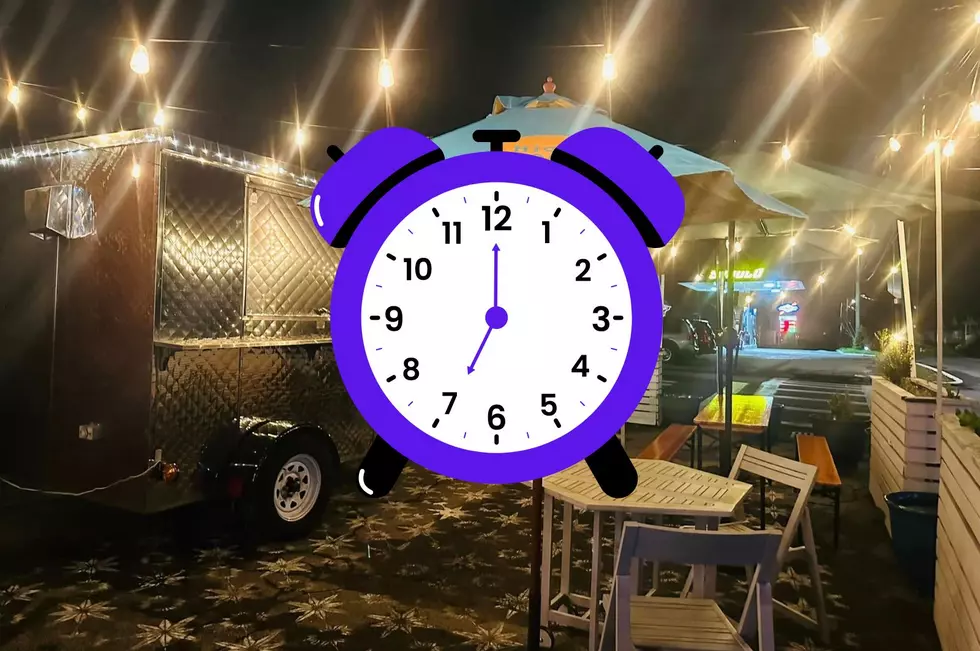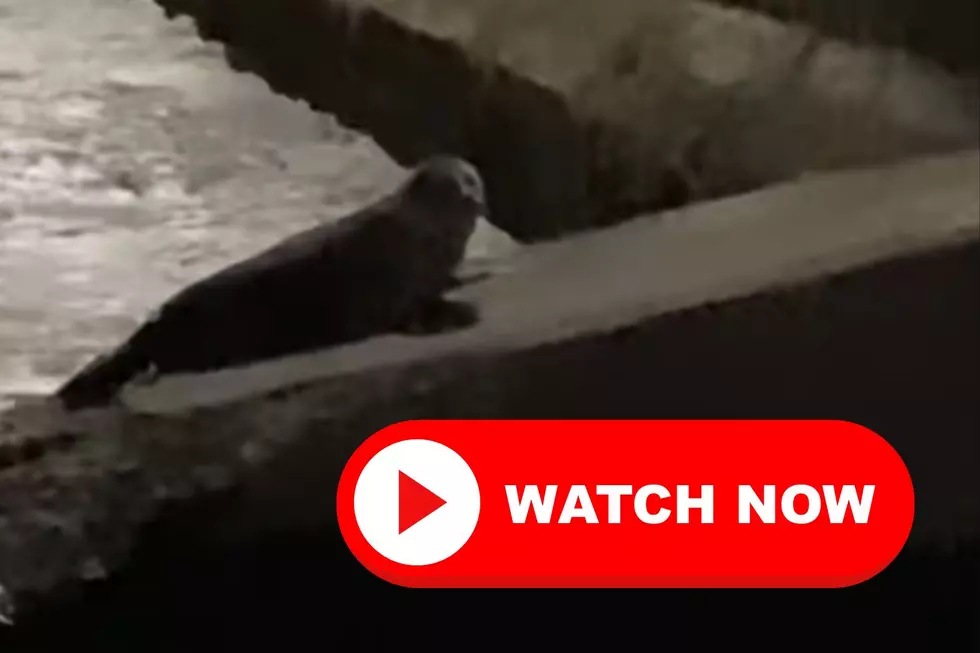
What Is ‘Leave No Trace’ and How Can You Apply It in the Hudson Valley?
If you're venturing outdoors this spring and summer, there are important things to remember.
We're lucky to live in a region with such diverse landscapes. Mountains, rivers, lakes, hills, forests, and more all make up the Hudson Valley. But if we want the Hudson Valley to stay as beautiful as it is, we have to do our part to protect and preserve it. That's where Leave No Trace (LNT) comes in.
Leave No Trace is a set of seven different principles to make it so when you leave nature, it appears as if you have never been there. The Leave No Trace Center for Outdoor Ethics is a government-funded non-profit organization that focuses on educating people on the principles to help maintain the outdoors. If you haven't heard of this before, I'll go over what each principle is and tell you how you can apply it in the Hudson Valley
Plan Ahead and Prepare
This principle talks about preparing for what weather to expect, any regulations that could be in place for where you are visiting, using a map or GPS to navigate to eliminate the use of marking paint or rock cairns, and visiting at less busy times with smaller groups. In the Hudson Valley, trails are usually packed on the weekends so a daytime journey may be the best solution. The weather can change over the course of a few days in the region as well so knowing when it will be cold or rainy is good.
Travel and Camp on Durable Surfaces
You're probably thinking that traveling on trails doesn't make much sense in terms of Leave No Trace. While you're thinking on the right path, these trails have been created by land management professionals who know that people will travel in nature no matter what. It's better to have one set path than multiple poorly chosen paths. Never go off-trail if you have a trail available. This can destroy vegetation and could trample the trail. In terms of camping, there's likely an existing campsite where you are. Altering these sites is not necessary. If you're in a pristine area, it likely sees few visitors so you should spread out to avoid the creation of campsites and trails. For the Hudson Valley, if you're partaking in some backcountry camping, you'll find most local spots will have pre-designated camping areas. Make sure to set up your camp at least 200 feet from lakes and streams.
Dispose of Waste Properly
This seems to be the one that people understand the least. DO NOT LEAVE GARBAGE BEHIND. Pack out anything you would normally recycle or throw away. This means food, plastic, and paper products. Yes, that apple core should be packed out. For human waste, the best way to handle solid waste is with a cat hole. AKA, burying it. Cat holes should be at least 200 feet from any water source and should be six to eight inches deep. You either need to pack out toilet paper or use natural toilet paper. In the Hudson Valley, it's best to travel with a small garden shovel to have in case nature calls and you must go to the bathroom. Also, make sure to wash any dishes 200 feet away from water sources and use biodegradable soap. We have some beautiful falls in the Hudson Valley and we don't want to ruin them.
Leave What You Find
People seem to really struggle with this as well. Don't touch any structures or make any of your own. Yes, this applies to rock stacking, which is different from cairns. As cool as it may look, don't cave into trees or logs. Don't touch any animals or plants. And definitely don't bring in any non-native species. We certainly don't need any more invasive species. Just let it be. In the Hudson Valley, if you see a cool plant or animal, leave it alone! Take a picture, but don't take it.
Minimize Campfire Impacts
The best place to build a campfire is an existing fire ring. Like the creation of trails, these have been made by land management professionals because they know people will make them no matter what. It's better to make no fire at all, but if you must do it in a pre-designated area. Don't forget to burn everything to ash. Make sure to put out fires completely with water, not dirt. If you're making a fire in the Hudson Valley, take note of any burn bans (this goes back to planning), and only do so where permitted. It's pretty easy to spot where fires are allowed because you'll see the ring.
Respect Wildlife
This is very similar to the Leave What You Find principle. But leave animals alone. Don't feed them, pet them touch them, or approach them. Make sure to keep your pets controlled at all times, too. Definitely avoid wildlife during sensitive times like mating or nesting season (which also goes back to planning). If you see wildlife in the Hudson Valley, just let it be. Don't feed the ducks, don't hold a snake, don't chase a bear.
Be Considerate of Others Visitors
At the end of the day, we all live on this Earth and we all have to share. If you see someone on the trail, make sure to yield. If you're taking a break, do it away from trails and visitors. Try not to yell and make loud noises. In the Hudson Valley, my advice is to not be a jerk. Maybe use headphones instead of carrying a speaker to enjoy music. Everyone has different preferences and it's best to be considerate when we're sharing the Hudson Valley.
So when you're out and about in the Hudson Valley this year, please Leave No Trace. And don't be afraid to ask questions about practicing this! No matter what anyone says, every small bit helps.
Leave No Trace Seven Principles © 1999 by the Leave No Trace Center for Outdoor Ethics: www.LNT.org.
The 25 Absolute Best Hikes in the Hudson Valley
9 Things You'll Need For Camping
More From WRRV-WRRB







